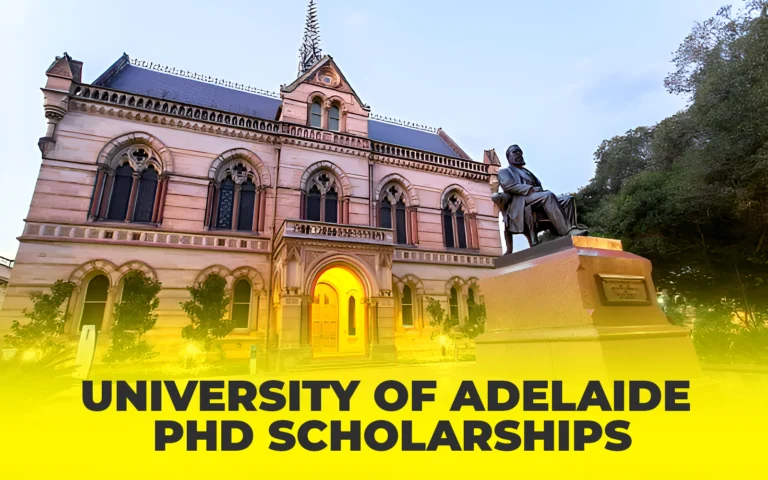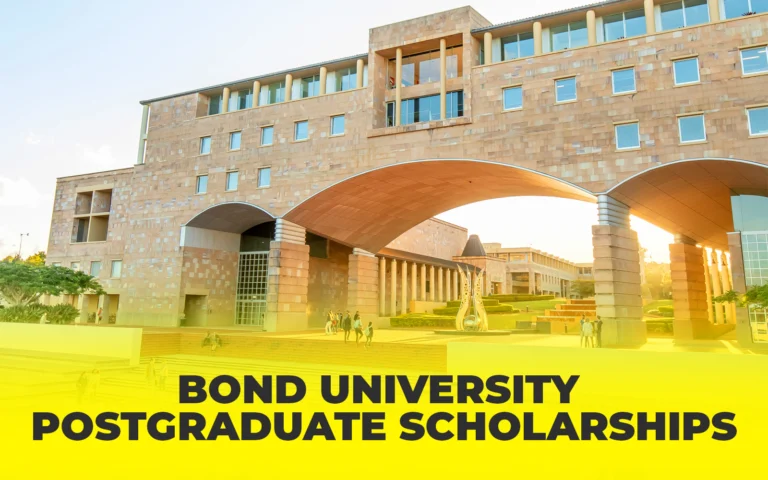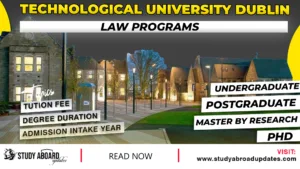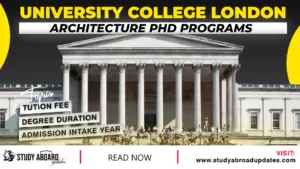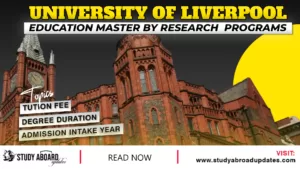Within the broader framework of the Fulbright Program, the most well-known international educational exchange effort is the Fulbright Foreign Program. This initiative, started in 1946 by US Senator J. William Fulbright, fosters understanding between Americans and people from other nations. The Fulbright Foreign Program is an essential tool for international cooperation and global diplomacy since it promotes intellectual and cultural contacts.
Objectives of the Fulbright Programme
The primary aim of the Fulbright Foreign Program is intercultural understanding. There are so many ways to do this. These are:
International Student Exchange
This program offers academics, researchers, and students from other countries the chance to study and perform research in the United States. U.S. citizens are afforded comparable possibilities to teach, do research, or study elsewhere.
Cultural Exchange
This program allows participants to learn more about the local culture during their stay and even to be confronted with prejudice when building lifelong friendships.
Global Cooperation
The Fulbright Program is aimed at trying to solve issues globally through cooperative working relations among scholars and institutions.

Program Structure
The Fulbright Foreign Program consists of multiple component elements.
- The Fulbright U.S. Student Program offers American students opportunities for study, research, and teaching overseas.
- The Fulbright U.S. Scholar Program offers grants to American academics, professionals, and artists so they can study or teach in universities across the globe.
- The Fulbright Foreign Student Program offers scholarships to international graduate students who wish to pursue academic studies in the US.
- This can entail working as a Fulbright Visiting Scholar or supervising foreign academics conducting research at American universities.
Effects on Participants
The experiences gained through the Fulbright Foreign Program are far more important than academic results. According to these accounts, they were “life-changing” events that brought about personal development, significantly improved intercultural competence, and a greater comprehension of world issues. This kind of exchange is capable of creating lifelong friendships and professional partnerships while motivating commitments to public service.
Stories of Success
Some of the most famous and renowned Fulbright scholarship winners are Nobel laureates, Pulitzer Prize winners, and even leaders in the fields of academics, arts, and public policy. Their stories reveal the impact that this program had on the lives of the recipients and significantly on how it has touched and transformed social issues.
Challenges and Future Directions
Even while the Fulbright Foreign Program has shown tremendous success, the changing global environment presents problems. Continuous adaptation is required due to political difficulties, financing limits, and the evolving nature of research and education. To maintain its position as a cornerstone of international exchange, the program is constantly looking for novel methods to improve its relevance and accessibility.
Conclusion
The Fulbright Foreign Program exemplifies the ability of education and cross-cultural interaction to forge international relations. The initiative creates a more knowledgeable, compassionate, and cooperative society by putting an investment in people and their capacity to interact across boundaries. The Fulbright Program will undoubtedly continue to be essential in developing international leaders and fostering understanding among people as it goes on.
Why Study Abroad Updates
We are your one-stop website for everything related to studying abroad. Our website is made to give you all the information you need to have a fun and easy path toward studying abroad. We can assist you whether you’re seeking for the best places to study, the newest scholarships, or university rankings. Get in touch with us for individualized advice, or view our videos to learn more about the university of your dreams. Our Study Abroad Genie is available around the clock to help you at every stage. Take the first step toward reaching your objectives by starting your study abroad journey with us right now. Get the most recent opportunities, professional advice, book a free session and chat with us at every time in just one click.


